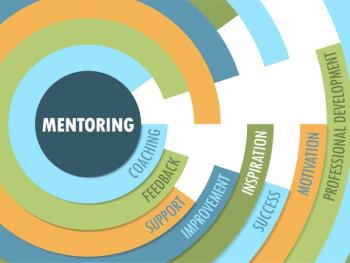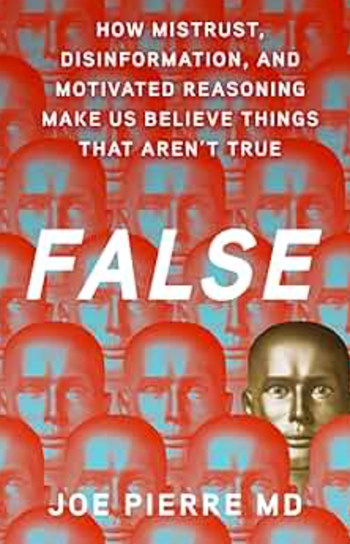
- Vol 34 No 8
- Volume 34
- Issue 8
Improving Mental Health: Four Secrets in Plain Sight
The author's enthusiasm and love for his work shines through in every page of this new book.
BOOK REVIEW
Improving Mental Health: Four Secrets in Plain Sight
by Lloyd I. Sederer, MD; Arlington, Virginia: American Psychiatric Association Publishing, 2017
129 pages • $29.00 (hardcover)
The book is divided into 4 parts that explain each element. In Chapter 1, “Behavior Serves a Purpose,” there are several examples of human behaviors that are self-defeating or overtly bizarre, such as hateful or demanding patients and those with violent or psychotically disorganized behavior; these examples are accompanied by a sensitive dissection of the need or vulnerability that drives the behavior. Even experienced clinicians would benefit from Dr. Sederer’s observation that understanding these behaviors “replaces darkness with light, distortion with reason, blame with tolerance, dismissal with discussion, and powerlessness with problem-solving.”
The second chapter, “The Power of Attachment,” presents a historical overview of attachment and object relations theory from Klein and Freud to Henry Harlow. This is followed by a discussion of attachment styles and an explanation of how disruption of attachments in early life creates adult dysfunction. An excellent discussion of the therapeutic alliance explains how a stable and mature attachment can overcome childhood neglect and trauma.
In the third chapter, “As a Rule, Less Is More,” the author provides an honest and unsparing self-appraisal of psychiatry’s misadventures in psychopharmacology and
The principle of “less is more” also applies to psychotherapy, a topic rarely acknowledged or discussed among psychiatrists. Early-career psychiatrists and mental health practitioners in training would be well advised to read Dr. Sederer’s historical review of recovered memory therapy and the injury this treatment caused to patients and their families. This chapter is a cogent reminder that the wrong psychotherapy, or even an established therapy given for the wrong purpose, can be harmful.
Finally, the chapter entitled “Chronic Stress Is the Enemy” introduces the Adverse Childhood Experiences (ACE) study, which links early abuse and neglect to future psychiatric illness and other negative social consequences. On a more hopeful note, there are several recommendations for evidence-based interventions to prevent these consequences.
The last chapter provides an exhaustive review of the neurophysiologic mechanism of the stress response, as well as an overview of the literature that links
I enjoyed this book because Dr. Sederer’s enthusiasm and love for his work shine through every page, particularly when he discusses the importance of love and social connections. He clearly has taken the time to develop a thoughtful and sensitive paradigm for well-rounded patient care. His emphasis on the environment and social determinants of mental illness is a “call to action” for every mental health professional and lay reader.
This article was originally published on 7/6/2017 and has since been updated.
Disclosures:
Dr. Hanson is Clinical Assistant Professor of Psychiatry and Director of the Forensic Psychiatry Fellowship Program at the University of Maryland in Baltimore, Maryland.
Articles in this issue
over 8 years ago
Musician Injuriesover 8 years ago
Psychodynamic Psychiatry: A Case Reportover 8 years ago
What a Long Strange Trip It’s Beenover 8 years ago
The Healing Power of Photographsover 8 years ago
Treatment for Cannabis Use Disorders: A Case ReportNewsletter
Receive trusted psychiatric news, expert analysis, and clinical insights — subscribe today to support your practice and your patients.











